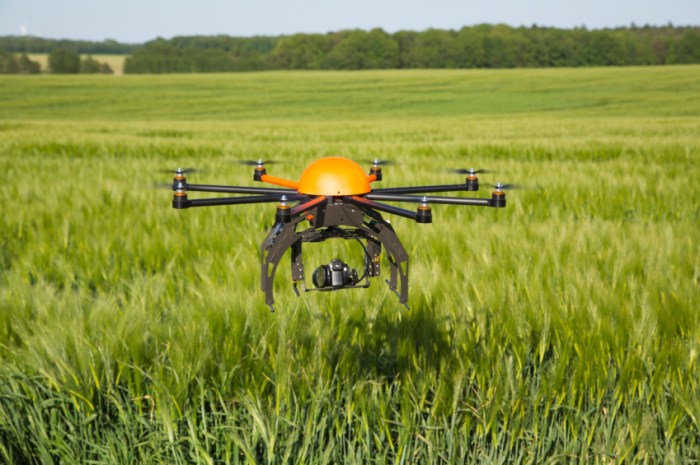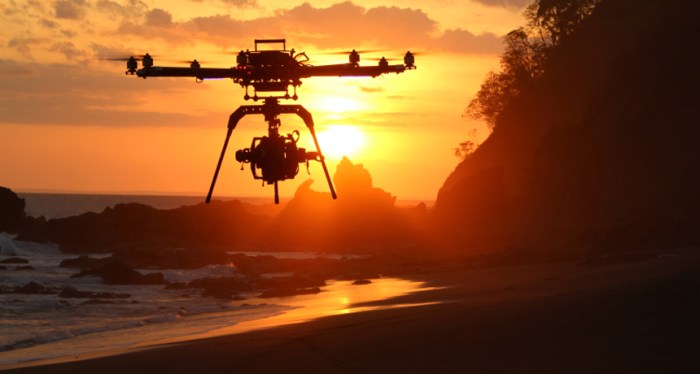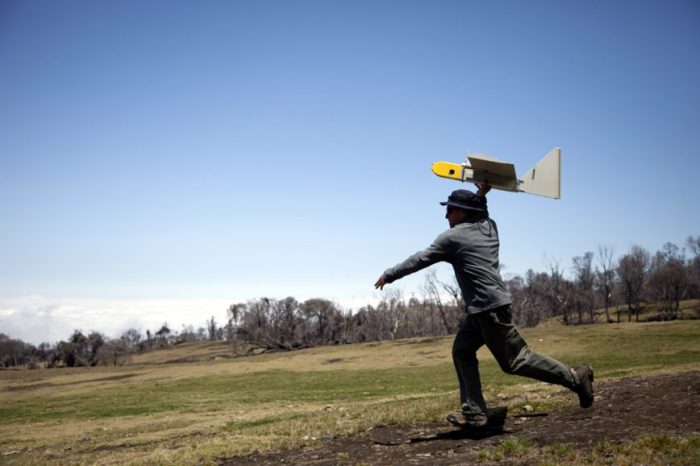Drones put spying eyes in the sky, transforming surveillance capabilities with their advanced technology. The integration of sensors, cameras, and sophisticated flight control systems has propelled drones into the realm of powerful surveillance tools, raising both benefits and concerns in various sectors.
From law enforcement to military operations, drones offer unparalleled aerial perspectives, enhancing situational awareness and enabling real-time monitoring. However, the widespread use of drones also raises questions about privacy, data protection, and the potential for unauthorized surveillance.
Drone Technology Advancements

The field of drone technology has witnessed remarkable advancements in recent years, leading to significant enhancements in their capabilities. These advancements have revolutionized the way drones are used for surveillance purposes.
Key technological advancements include:
- Improved sensors and cameras, providing high-resolution imagery and enhanced object detection capabilities.
- Advanced flight control systems, enabling precise navigation and extended flight times.
- Integration of artificial intelligence (AI) and machine learning (ML) algorithms, facilitating real-time data analysis and autonomous decision-making.
Surveillance Applications

Drones have become increasingly prevalent in surveillance operations across various sectors, including:
- Law Enforcement:Monitoring crowds, crime scenes, and fugitive tracking.
- Border Patrol:Securing borders, detecting illegal crossings, and deterring smuggling.
- Military Operations:Reconnaissance, target identification, and battlefield surveillance.
- Search and Rescue:Locating missing persons, providing aerial support during natural disasters, and assisting in disaster relief efforts.
- Commercial Applications:Infrastructure inspection, crop monitoring, and security surveillance for businesses and organizations.
Benefits of drone surveillance include increased situational awareness, enhanced security, and improved efficiency in operations.
However, challenges remain, such as data privacy concerns, the potential for misuse, and the need for effective regulations.
Privacy Concerns
The use of drones for surveillance raises potential privacy concerns:
- Collection of Personal Data:Drones equipped with cameras can collect images and videos of individuals without their knowledge or consent.
- Data Misuse and Abuse:Collected data may be used for unauthorized purposes, such as tracking individuals or infringing on their privacy.
- Surveillance Creep:The widespread use of drones could lead to a decline in public privacy and an erosion of civil liberties.
To mitigate these concerns, ethical and legal frameworks are crucial to ensure responsible and transparent use of drones for surveillance.
Countermeasures and Detection: Drones Put Spying Eyes In The Sky
Various countermeasures can be employed to detect and counter drone surveillance:
- Jamming:Disrupting drone communication and navigation systems.
- Spoofing:Sending false signals to drones to deceive their navigation systems.
- Drone Detection Systems:Using sensors and software to identify and track drones in restricted areas.
- Physical Barriers:Deploying nets, cages, or other physical barriers to prevent drones from entering sensitive areas.
The effectiveness of these countermeasures depends on factors such as the sophistication of the drone technology and the capabilities of the countermeasures themselves.
Regulations and Legal Frameworks
Clear regulations and legal frameworks are essential to govern the use of drones for surveillance:
- Privacy Protections:Establishing guidelines for data collection, storage, and use to protect individual privacy.
- Safety and Security:Ensuring safe and responsible drone operation, preventing accidents, and minimizing risks to public safety.
- Liability and Accountability:Defining responsibilities and consequences for drone operators in case of accidents or misuse.
Current regulations vary across jurisdictions, highlighting the need for harmonization and international cooperation to address the challenges posed by drone surveillance.
Future Trends

Future advancements in drone technology are expected to have significant implications for surveillance:
- Integration of AI and Autonomous Navigation:Drones with enhanced AI capabilities will be able to make autonomous decisions, navigate complex environments, and respond to real-time situations.
- Advanced Sensors and Data Analytics:Drones equipped with sophisticated sensors and data analytics capabilities will provide even more detailed and accurate surveillance data.
- Miniaturization and Swarm Technology:Smaller and more agile drones, combined with swarm technology, will enable covert and coordinated surveillance operations.
These advancements will raise new ethical and legal challenges, requiring ongoing adaptation of regulations and frameworks to ensure responsible and ethical use of drone technology.
Essential Questionnaire
How are drones used for surveillance?
Drones are equipped with high-resolution cameras, sensors, and advanced flight control systems, enabling them to capture aerial footage, monitor areas remotely, and gather intelligence for various purposes.
What are the privacy concerns associated with drone surveillance?
The use of drones for surveillance raises concerns about the collection of personal data without consent, potential misuse of surveillance footage, and the erosion of privacy in public spaces.
What measures can be taken to mitigate privacy risks from drone surveillance?
Implementing clear regulations, establishing ethical guidelines for drone operation, employing anti-drone technologies to detect and counter unauthorized surveillance, and raising public awareness about privacy rights can help mitigate risks.